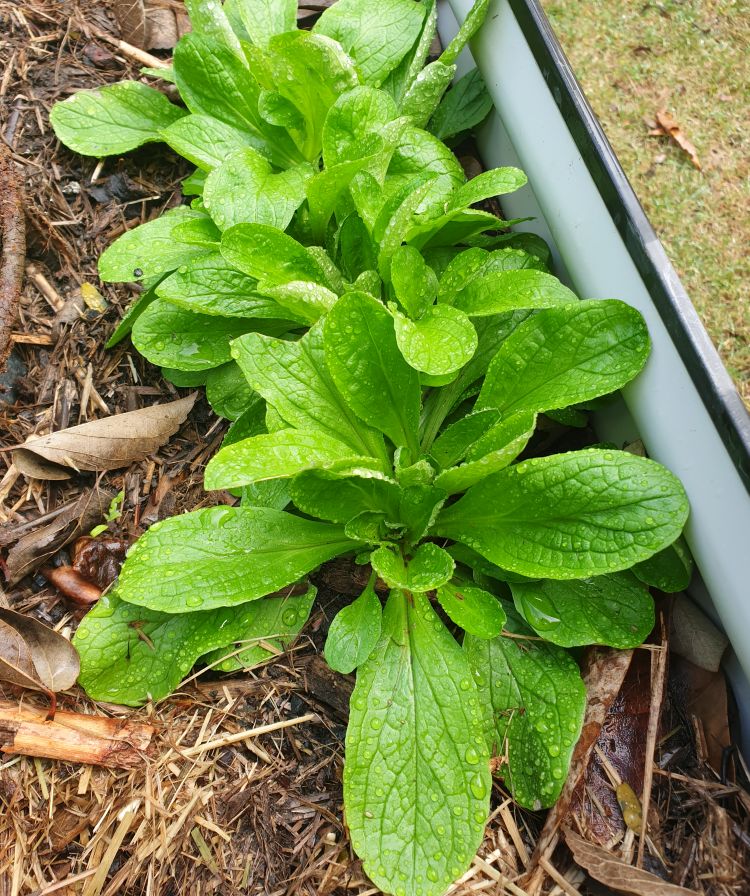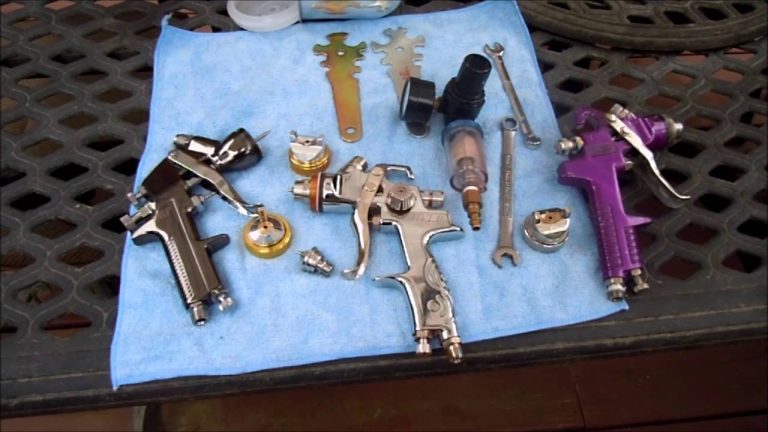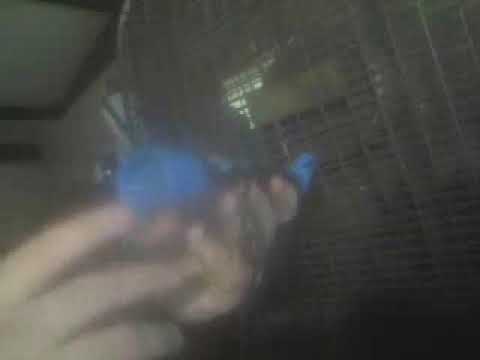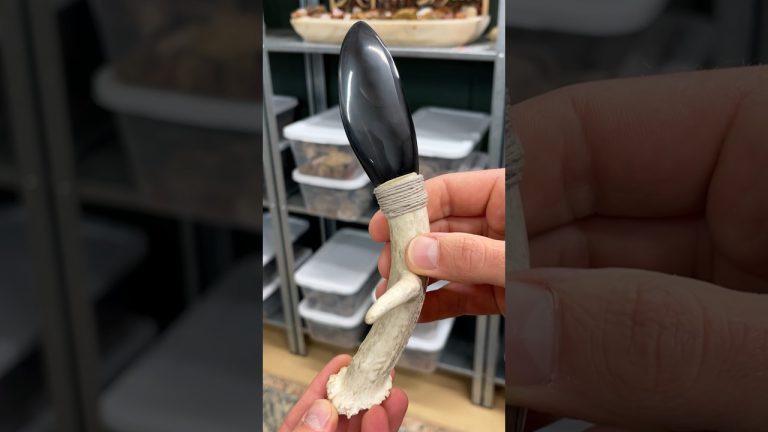Don’t get the wrong mental picture: this deceptively-named edible plant is in fact a green leafy vegetable. An ancient annual salad green native to southern Europe, its name came about because it would typically self-seeded in corn fields.
Don’t be surprised if you haven’t heard of Dutch corn salad- it is definitely a lesser-known edible. It is rarely available commercially because its low growth habit doesn’t lend itself to mechanical harvesting. This means that farmers would have to pay extra for hand-harvesting, which is rarely viable these days. Additionally, the leaves are best picked as required & eaten fresh, so this is the perfect low-fuss green for the home garden.
What is Dutch Corn Salad?
Also known as mache and lambs lettuce, corn salad (valerienella locusta) is a low-growing annual leafy green. Extremely cold-hardy, this understated veggie naturally prefers cool growing conditions and easily withstands light frost. The growth habit is just like that of an open-hearted cut-and-come again lettuce, with a maximum height of just 25 cm. A member of the caprifoliaceae family, Dutch corn salad will grow perfectly well in both containers and in garden beds.
Dutch corn salad leaves are soft & tender with a very mild flavour & creamy texture. High in vitamins A and C, they can be eaten raw or cooked, so are one of the few cool-weather greens that are just as good warm as they are cold. In a cold climate this plant can be grown & eaten as a lettuce substitute during winter.
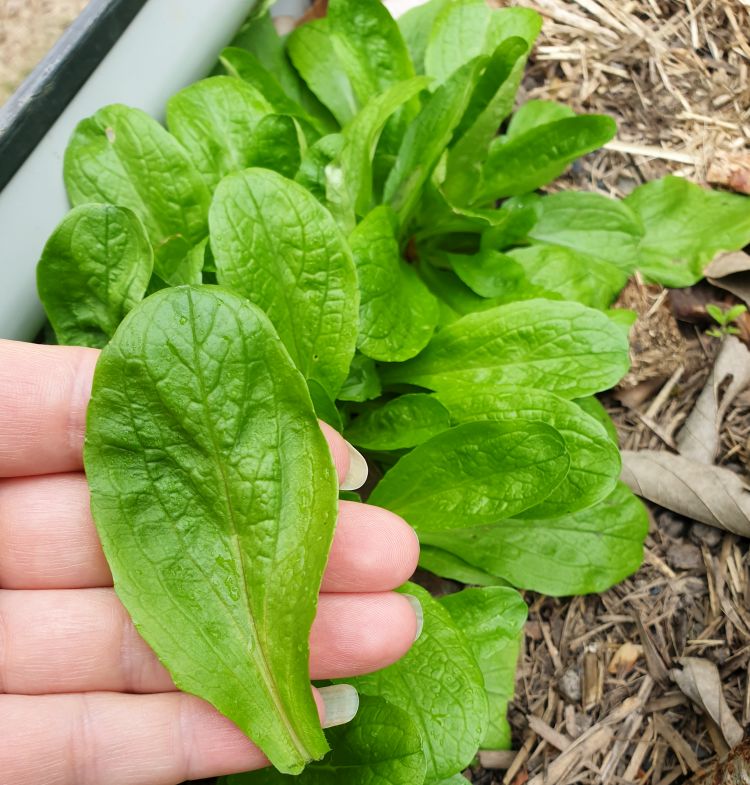
How to Use Dutch Corn Salad
Corn salad is ready to harvest when the leaves are large enough to eat. This is usually 45-60s days after seedlings have been planted out. As shown above, even at full size they are still fairly small. I pick & use leaves in the ‘cut and come again’ style by pinching or cutting a few outer leaves as I need them, & leave some on the plant for future harvesting. Alternatively, you can harvest the whole plant at once by cutting the stem off at the ground.
You can use fresh raw corn salad leaves as you would lettuce in a salad, or cook them gently into a hot meal. Toss them into a stir-fry in the last 2 minutes, steam them & eat with other vegetables as a side or pop them into a soup just before serving. To store corn salad leaves, wrap them in paper towels and put them in the crisper drawer in your fridge. Like most green veggies they don’t suit freezing unless blanched first.

Starting & Growing
Corn salad grows easily from its seed which requires no pre-treatment. You can sow the seed direct into its final position or in trays/punnets for later transplant. This is a hardy little plant that transplants well and grows easily, as long as you grow it within its ideal temperature range (5-20C or 40-68F). Seeds should be sown at least 4? apart & will germinate in 7-12 days in the right conditions.
Corn salad is a cool-weather food plant that needs the right conditions to grow its best. If sown or grown when it’s too hot, it will fail to germinate or bolt to seed. It will suit growing in autumn and early spring in cold to temperate climates (USDA zones 5 & above) and can be grown through the short subtropical winter if kept in a cool mostly-shaded position (this is what I do in humid subtropical seQLD). The leaves of corn salad are semi-succulent so can stand up to frosts & temperatures as low as -29C (-20F)
When it comes to watering, corn salad requires only moderate watering, and prefers moist rather than wet soil. If temperatures are below freezing and you have it covered, it’s best not to water it at all. Not only is it not growing at this point, but any water that accumulates on leaves will freeze and cause damage.
The amount of direct sun you should let your corn salad receive depends upon your climate. While my hot climate dictates that I grow mine through winter with 2 hours sun per day, cold climate growers will need to choose moderate to full sun positions.
Prepare the soil well before planting. To do this, you can use a pelleted fertiliser, compost, animal manures plus some blood & bone. I usually use a mixture, according to what I have on hand. If the soil is nourished adequately at the start of the season, corn salad won’t need any more fertiliser to be added during the season.
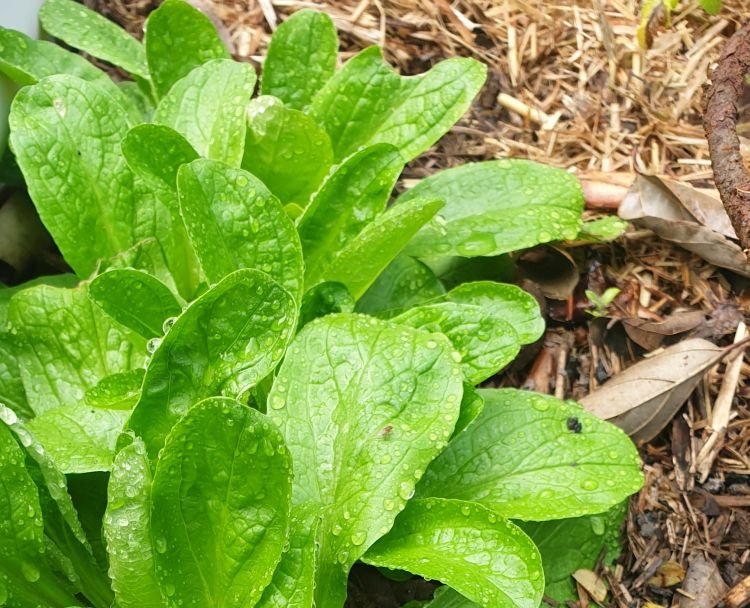
Ongoing Care
Currently regarded as a gourmet ingredient, Dutch corn salad is a very easy plant to have in your garden. It takes up little space and will add interest to salads and stir-fries. It is easy to grow year after year, as it self-seeds readily. Corn salad isn’t too susceptible to pests, but may suffer damage from cutworms and aphids. A simple home-made white oil will stop most pests in their tracks. As with all food plants, prevention is better than cure. Be sure to check your plants at least every couple of days. This way you can remove pests by hand before they get out of control.
Happy gardening!







